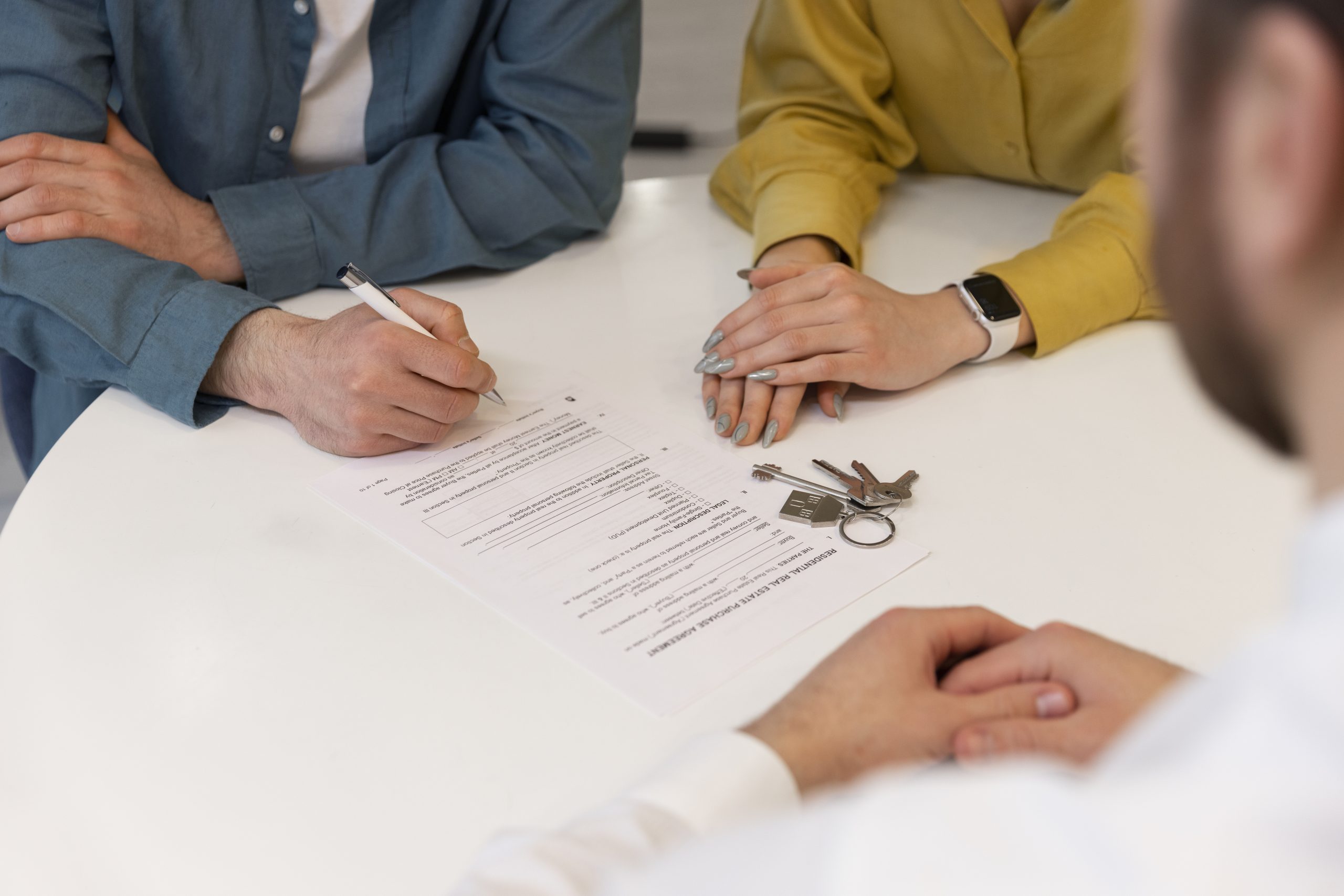What does liability insurance cover?
In the United States, liability insurance helps pay for costs if you are found legally responsible for harming someone or damaging their property. It does not cover your own injuries or damage to your own property. Instead, it is meant to protect you from having to pay large bills out of pocket when another person makes a claim against you.
Liability insurance can cover different situations depending on the type of policy. For example, in auto insurance, it pays for the other driver’s medical bills and repairs if you cause an accident. In business insurance, it can cover legal fees, settlements, or judgments if a customer or third party sues you for injury or property damage. Homeowners policies also include liability coverage that can apply if someone gets hurt on your property or if you damage someone else’s property.
Most policies include three main parts:
- Bodily injury liability, which pays for the other person’s medical costs, lost income, and related expenses.
- Property damage liability, which pays for repair or replacement of another person’s property.
- Legal defense costs, which cover attorney fees and court expenses if you are sued.
Coverage limits vary by policy. Higher limits give more financial protection but cost more in premiums. Understanding exactly what your policy covers, and what it does not, can help you avoid surprises if you ever need to file a claim.

What factors affect cost?
In the United States, the price of liability insurance depends on several details about you, your business, or the activity you are insuring. Insurance companies use this information to decide how likely it is that they will have to pay a claim, and how much that claim could cost.
One major factor is the amount of coverage you choose. Higher limits mean the insurer may have to pay more if something happens, so premiums are higher. Your deductible, which is the amount you pay before insurance starts to cover costs, also matters. Lower deductibles usually mean higher premiums.
The type of liability insurance also changes the cost. For example, general liability insurance for a small business is usually priced differently than professional liability for a service-based company, or auto liability for a driver. In auto insurance, your driving record, age, and location all play a role. In business insurance, the size of your business, the type of work you do, and your claims history are important.
Where you live or operate can also change the price. Some states have higher average claim costs or stricter legal requirements, which can raise premiums. If you have a history of past claims, insurers may see you as a higher risk and charge more.
By understanding these factors, you can better estimate your costs and make choices that fit your budget while still giving you enough protection.

How much can you expect to pay?
In the United States, the cost of liability insurance varies based on the type of coverage and the risk involved. For individuals, auto liability insurance is often part of a full auto policy and can range from about $40 to $100 per month, depending on driving history, location, and coverage limits.
For small businesses, general liability insurance often costs between $30 and $60 per month for basic coverage with standard limits, though higher-risk industries may pay more. Professional liability insurance, which covers claims of errors or negligence, can range from $50 to $100 per month for smaller operations.
Homeowners liability coverage is usually included in a homeowners insurance policy and may add only a small amount to the total premium, often between $10 and $30 per month for standard limits.
These figures are averages, not fixed rates. Your actual price will depend on your personal or business profile, the limits you choose, and your claims history. Getting quotes from multiple insurers is the best way to find an accurate number for your situation.

What types of liability insurance are there?
In the United States, there are several kinds of liability insurance, each designed to cover specific risks. The right type depends on whether you need coverage for personal situations, business operations, or both.
For individuals, the most common is auto liability insurance, which pays for injuries or property damage you cause while driving. Homeowners liability insurance is another common type, covering injuries or damage that happen on your property or because of your actions. Some people also purchase personal umbrella insurance, which adds extra liability coverage on top of auto or homeowners policies.
For businesses, general liability insurance covers claims of injury or property damage involving customers or visitors. Professional liability insurance (often called errors and omissions insurance) covers claims that your services caused harm due to mistakes or negligence. Product liability insurance protects against claims that a product you sell or make caused injury or damage.
Specialized liability policies also exist for certain industries, such as medical malpractice insurance for healthcare providers or liquor liability insurance for businesses that sell alcohol.
Knowing the differences helps you choose coverage that matches the risks you face and avoids paying for protection you do not need.

How to get cheaper rates
In the United States, there are several practical ways to lower the cost of liability insurance without losing important coverage. The first step is to shop around and get quotes from more than one insurer. Prices can vary widely even for the same level of protection.
Raising your deductible can also lower your premium. This means you would pay more out of pocket if you file a claim, but your monthly or yearly cost could go down. Just make sure you choose a deductible you can afford.
For auto liability insurance, keeping a clean driving record and avoiding traffic violations can help you qualify for lower rates. For business liability insurance, improving safety measures and reducing risks in your workplace can make you a more attractive customer to insurers.
You may also save money by bundling policies. Many insurers give discounts if you buy more than one type of coverage, such as auto and homeowners insurance, or general and professional liability for a business.
Finally, review your coverage limits and make sure you are not paying for protection you do not need. The right balance is to have enough coverage to protect your assets while avoiding unnecessary extras that increase the cost.

What to check in a policy
In the United States, reading your liability insurance policy carefully helps you understand exactly what you are paying for. Start by looking at the coverage limits. These limits show the maximum amount your insurer will pay for a claim. Make sure the amount is high enough to protect your assets, but not so high that you are paying for coverage you do not need.
Next, review the exclusions. These are situations or types of claims the policy does not cover. Common exclusions can include intentional harm, certain high-risk activities, or specific types of property damage. Knowing these in advance helps prevent surprises if you ever file a claim.
Check the deductible, which is the amount you must pay before your insurance starts covering costs. A higher deductible can lower your premium, but you need to be sure you can pay it if needed.
Also, look at any conditions in the policy. These are rules you must follow to keep your coverage active, such as reporting incidents within a certain time frame.
Finally, see if the policy includes extra benefits, like coverage for legal defense costs. These details can make a big difference when comparing policies from different insurers.

